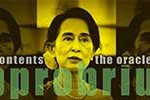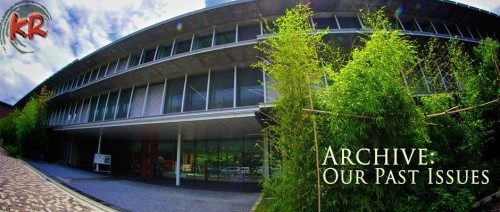Kyoto Review of Southeast Asia. Issue 14 (September 2013). Myanmar
We are excited to welcome you to our newly updated website of the Kyoto Review of Southeast Asia. Since the online version of the Kyoto Review started in 2002, content delivery on the web has changed considerably and this is our third major site update. The site has been modernised making it friendlier, less complicated, and more visually engaging for the reader. We also include full social media integration and the introduction of video clips and these will be more of a feature in the future. The Kyoto Review content remains as substantial as ever, with five key articles—all translated into English, Japanese, Thai and Bahasa Indonesia, plus book reviews. The site also features a new column, Young Academic’s Voice—one article per month, as a platform to showcase the up-and-coming young academics of Southeast Asia.
In Issue 14 of the Kyoto Review of Southeast Asia
This issue of the Kyoto Review of Southeast Asia proudly presents the opening of Myanmar, what was once an “outpost of tyranny” in the eyes of the United States. Despite progressive political reforms implemented by the civilian regime of President Thein Sein, some critics still perceive them as mere cosmetic changes. Nonetheless, credit must be given to the government, especially in terms of promoting greater democratisation and in the release of political prisoners. Equally important is the fact that Daw Aung San Suu Kyi, leader of the National League for Democracy, has become a part of the ongoing opening up process. But it is too soon to celebrate the success of Myanmar’s political reforms. Issues such as ethnic conflicts and communal violence continue to threaten the stability of the state.
Pavin Chachavalpongpun
Editor Kyoto Review, September 2013
Issue 14— Articles in four languages

Moving Myanmar: The Future of Military Prominence David I. Steinberg Myanmar yang bergerak: Masa depan kedudukan penting militer |

Prioritising Agricultural Reform in Myanmar Sean Turnell and Wylie Bradford Memprioritaskan Reformasi Pertanian di Myanmar |
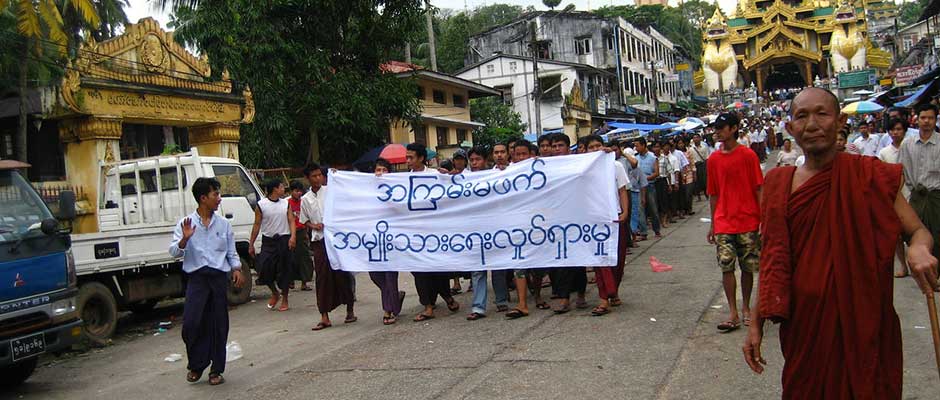
Reassessing Myanmar’s Glasnost Maitrii Aung-Thwin Menilai kembali Glasnost yang terjadi di Myanmar |
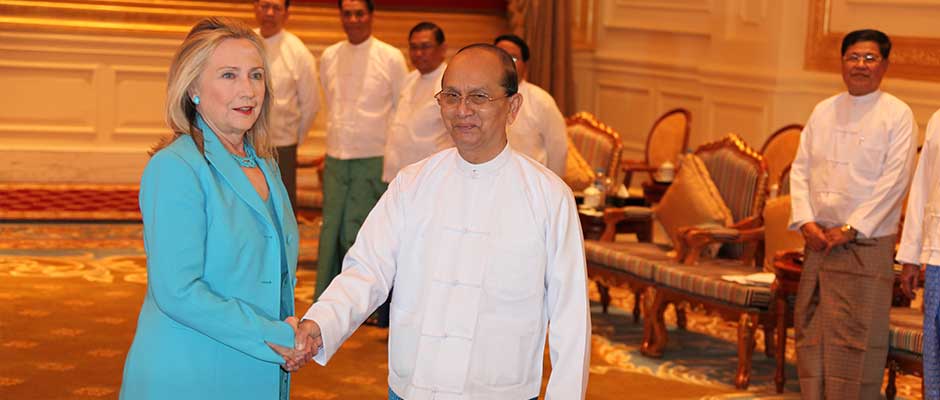
Strengths and Weaknesses of Thein Sein’s Leadership Yoshihiro Nakanishi Titik Kuat dan Titik Lemah dari Kepemimpinan Thein Sein |
Issue 14— Book reviews
ISSUE 14 —BOOK REVIEWS |
|
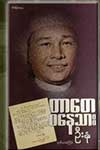 Tar Tei Sa Nay Thar (A child born on Saturday) Tar Tei Sa Nay Thar (A child born on Saturday)Nga Doe Sar Pay (Yangon, Myanmar), 2012. |
—Nyein Chan |
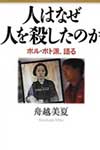 舟越美夏『人はなぜ人を殺したか』毎日新聞社 舟越美夏『人はなぜ人を殺したか』毎日新聞社“Why did People Kill People?” (Hito ha Naze Hito wo Koroshita?) By Funakoshi Mika. (2013.Tokyo: Mainichi Shinbunsha) |
—Sato Nao |
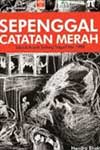 Djinah 1965, Years of Silence, bagian I (first part) Djinah 1965, Years of Silence, bagian I (first part)By Evans Poton. (Jakarta: Menara Warungku, IKJ-TIM, Interrographic, 2011), and:Sepenggal Catatan Merah, Sebuah Komik tentang Tragedi Mei 1998 (A red note’s fragment, a comic book on the Tragedy of May 1998) By Hendra Bhakti. (Jakarta: Grafiti Sosial, Gema INTI, Aikon, 2013) |
—Yerry Wirawan |
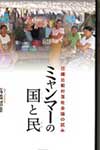 Myanma no Kuni to Tami: Nichimen Hikaku Sonraku Syakairon no Kokoromi Myanma no Kuni to Tami: Nichimen Hikaku Sonraku Syakairon no Kokoromi (『ミャンマーの国と民―日緬比較村落社会論の試み―』) (State and People in Myanmar: A Comparative Study of Rural Societies in Japan and Myanmar) By Akio Takahashi. Tokyo: Akashi Shoten, 2012 |
—Tomoko Fuda |
 Daily Life in Mindanao Daily Life in MindanaoPhoto Essay by Bobby Timonera |
—Bobby Timonera |
In Issue 14 of Kyoto Review of Southeast Asia, we started to publish a ‘feature’ article from an up-and-coming young academic under the umbrella of Young Academic’s Voice (YAV). The following are YAV articles from Issue 14:
VISIT OUR ARCHIVES—








